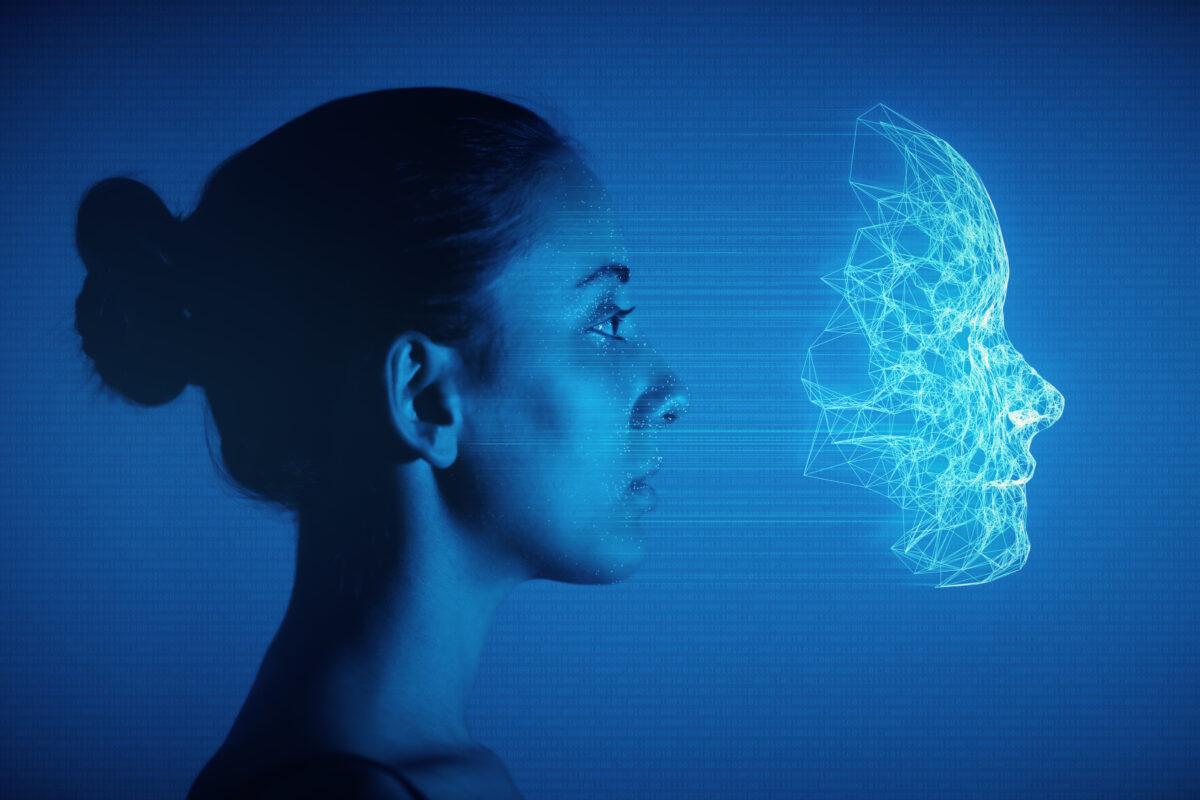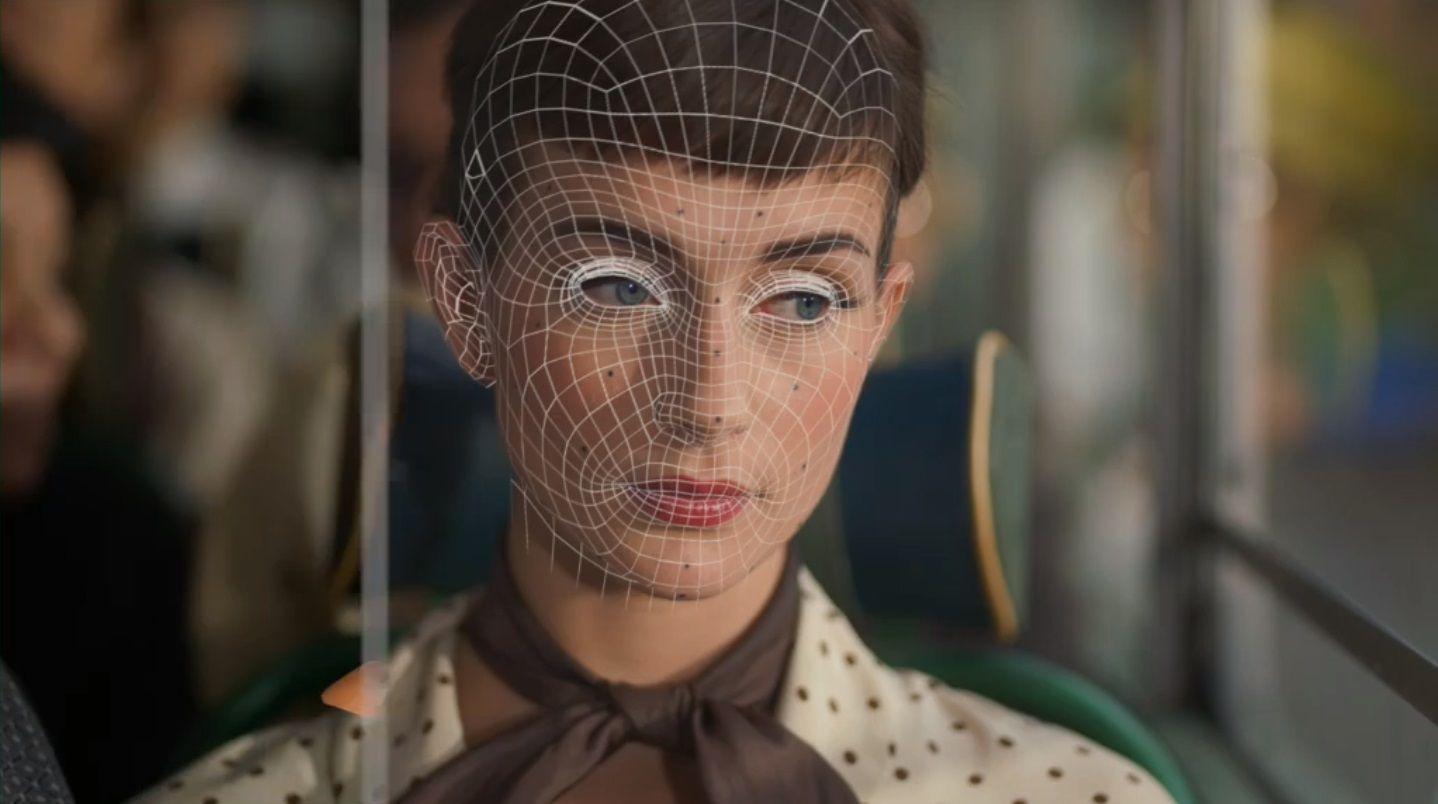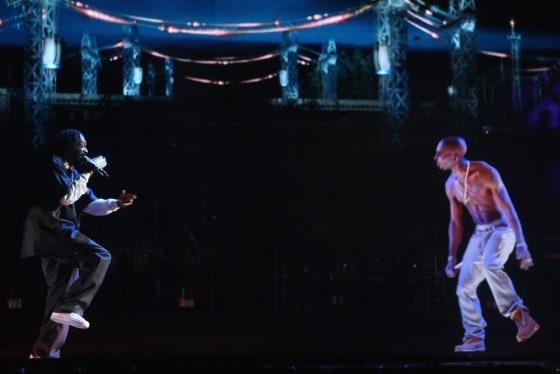In an age where technology blurs the boundaries between reality and imagination, the resurrection of virtual celebrities has emerged as a captivating yet contentious phenomenon. Through advanced digital artistry and artificial intelligence, figures long gone from the physical world can now perform, interact, and even influence culture once more-sometimes indistinguishably from their original selves. This revival raises profound ethical questions that ripple through the realms of identity, consent, and legacy. As society grapples with the allure and implications of giving the deceased a second digital life, it becomes imperative to explore the moral landscape shaping the future of virtual celebrity resurrections.
Table of Contents
- The Moral Landscape of Bringing Icons Back to Life
- Balancing Consent and Legacy in Digital Reanimations
- Navigating Emotional Impact on Fans and Families
- Guidelines for Transparent and Respectful Virtual Resurrections
- Fostering Ethical Innovation in Virtual Celebrity Technologies
- Frequently Asked Questions
- Closing Remarks

The Moral Landscape of Bringing Icons Back to Life
Reviving iconic figures through digital means treads a complex ethical terrain. At the heart of this moral landscape lies a fundamental question: do we have the right to recreate personas without their explicit consent? While technology allows us to reconstruct voices, appearances, and even mannerisms with uncanny accuracy, it raises concerns about autonomy and legacy. Is it a tribute or an infringement when a virtual version performs or endorses something that the original might never have supported?
Another layer of complexity emerges when considering the impact on audiences and society. These digital resurrections can blur the line between reality and fiction, potentially misleading fans or distorting historical truths. The emotional resonance tied to a beloved figure’s image can be manipulated, creating opportunities for exploitation or commercialization that may feel exploitative or disrespectful.
- Consent and Rights: Who controls the digital afterlife of a celebrity?
- Authenticity: How does one ensure the virtual persona remains true to the original?
- Impact on Legacy: Can this practice enhance or tarnish cultural memory?
| Ethical Concern | Potential Challenge | Consideration |
|---|---|---|
| Consent | Lack of permission from the deceased | Establish legal frameworks for digital rights |
| Authenticity | Misrepresentation of personality or values | Involve close collaborators or estates in creation |
| Commercialization | Exploitation for profit without respect | Set ethical standards for usage and monetization |

Balancing Consent and Legacy in Digital Reanimations
Navigating the complexities of digital reanimations requires a delicate equilibrium between respecting the explicit wishes of the deceased and honoring the cultural legacy they left behind. While technology now allows for eerily lifelike virtual recreations, the question remains: who truly owns the narrative of these revived personas? Consent, often ambiguous or absent, becomes the cornerstone of ethical deliberation. Without clear directives from the individuals themselves, decisions to resurrect must be approached with profound sensitivity to avoid exploitation or misrepresentation.
Families, estates, and fans each bring unique perspectives to the table, often with conflicting interests. Some may view digital resurrection as a way to keep cherished memories alive, while others see it as an encroachment on personal dignity. In many cases, the absence of prior consent leaves a vacuum that ethics committees or legal frameworks struggle to fill adequately. This tension highlights the need for a standardized approach that prioritizes transparency and respect over commercial gain.
Considerations extend beyond consent into the realm of legacy preservation. Virtual recreations can immortalize a celebrity’s artistry and influence, yet they risk freezing a dynamic human life into a static digital echo. The balance lies in crafting experiences that both celebrate and contextualize, rather than commodify or caricature. This nuanced stewardship demands ongoing dialogue among technologists, ethicists, and cultural custodians.
- Clear consent protocols: Establishing explicit permissions before digital resurrection.
- Estate and family involvement: Ensuring stakeholders have a say in the portrayal and use of digital likenesses.
- Legacy-focused storytelling: Prioritizing authenticity and depth over superficial replication.
- Ethical oversight: Creating independent bodies to monitor and guide virtual resurrection projects.
| Aspect | Consideration | Impact |
|---|---|---|
| Consent | Explicit vs. implied | Protects personal autonomy |
| Family Rights | Consent and portrayal control | Preserves dignity, reduces conflict |
| Legacy | Authentic representation | Honors cultural memory |
| Commercialization | Monetization vs. respect | Ethical revenue generation |
Navigating Emotional Impact on Fans and Families
When a beloved celebrity is brought back to life virtually, the emotional terrain fans and families must navigate is complex and often fraught with conflicting feelings. On one hand, fans may experience joy and nostalgia, as the familiar voice, face, or mannerisms of their idol are reborn through technology. This can feel like a comforting bridge to the past, allowing cherished memories to be relived in vivid detail. However, this digital resurrection can also stir feelings of unease or grief, as the line between reality and simulation blurs, raising questions about authenticity and loss.
For family members, the impact can be even more profound. The digital portrayal of a loved one may offer solace, but it can also reopen emotional wounds or complicate the grieving process. The presence of a virtual persona, especially one controlled by external parties, might feel intrusive or exploitative, triggering concerns about consent and respect for the deceased’s legacy. Families often find themselves in a delicate balancing act-wanting to honor the memory of their loved one while confronting the ethical implications of their digital reappearance.
Key emotional challenges include:
- Reconciling the joy of connection with the discomfort of artificiality
- Protecting the dignity and memory of the deceased
- Managing public expectations versus private grief
- Dealing with the commercialization of a loved one’s image
| Emotional Aspect | Potential Impact | Possible Response |
|---|---|---|
| Nostalgia | Comfort and joy in reliving memories | Engage with virtual content selectively |
| Grief | Reopened emotional wounds | Seek support from loved ones or counselors |
| Confusion | Blurred lines between real and virtual | Educate on the nature of virtual technology |
| Exploitation | Feeling of loss of control | Establish legal and ethical boundaries |
Ultimately, the emotional journey invoked by virtual resurrections is as varied as the individuals experiencing it. Carefully considering these feelings and fostering open dialogue among fans, families, and creators can help ensure that these digital tributes honor the true spirit of those they portray, rather than merely capitalizing on their legacy.

Guidelines for Transparent and Respectful Virtual Resurrections
When engaging in the revival of beloved figures from the past, it is essential to maintain a foundation of trust and clarity with audiences. Transparency must be the cornerstone, ensuring that users are fully aware they are interacting with digital facsimiles rather than genuine living personalities. This honesty not only preserves respect for the original individual but also fosters an ethical relationship between creators and consumers.
Respect extends beyond transparency to encompass the manner in which these virtual resurrections are crafted and presented. Their likeness, voice, and mannerisms should be handled with care, avoiding exaggerations or distortions that could misrepresent the essence of the person. Consent, either from the individual before their passing or their estate, plays a pivotal role in honoring their legacy and preventing exploitation.
To cultivate a positive and thoughtful experience, creators should consider the following principles:
- Clear Disclosure: Always indicate that the figure is a virtual creation.
- Ethical Sourcing: Use only authorized materials and permissions.
- Cultural Sensitivity: Avoid content that could offend or misinterpret the individual’s background or values.
- Audience Empowerment: Allow users to engage critically and provide feedback.
| Key Aspect | Best Practice |
|---|---|
| Consent | Secure legal and moral approval before creation |
| Representation | Maintain authenticity without sensationalism |
| User Awareness | Disclose virtual nature prominently |
| Legacy Preservation | Respect the individual’s historical and cultural impact |
Fostering Ethical Innovation in Virtual Celebrity Technologies
Navigating the realm of virtual celebrity resurrections demands a delicate balance between technological advancement and moral responsibility. As creators breathe digital life into beloved figures of the past, it becomes essential to establish frameworks that respect the legacy and dignity of those being represented. This means developing transparent consent protocols, even posthumously, which honor the wishes of the individual and their families.
Ethical innovation also calls for ongoing dialogue among developers, ethicists, and the public to evaluate the implications of resurrecting personalities virtually. This collaboration encourages a culture where innovation is matched with accountability, ensuring that virtual representations do not exploit or distort the original identity for mere commercial gain. Key pillars to uphold include:
- Authenticity: Maintaining the core traits and values that defined the individual’s public persona.
- Privacy: Safeguarding sensitive information and respecting boundaries set by estates or representatives.
- Transparency: Disclosing the artificial nature and scope of creative liberties taken in digital recreations.
- Accountability: Enforcing ethical standards through industry-wide guidelines and legal safeguards.
| Ethical Challenge | Proposed Solution |
|---|---|
| Consent Ambiguity | Establishing legal frameworks for posthumous digital rights |
| Misrepresentation Risks | AI transparency labels and narrative oversight committees |
| Commercial Exploitation | Revenue-sharing models with estates and ethical licensing |
Frequently Asked Questions
Q&A: The Ethics of Virtual Celebrity Resurrections
Q1: What exactly are virtual celebrity resurrections?
A1: Virtual celebrity resurrections refer to the digital revival of deceased public figures through technologies like deepfakes, CGI avatars, or AI-generated performances. These recreations allow the celebrities to “appear” in new films, concerts, advertisements, or other media long after their passing.
Q2: Why have virtual resurrections become a topic of ethical debate?
A2: The practice raises questions about consent, legacy, and the boundaries of digital reproduction. Since the celebrities themselves cannot approve or reject these posthumous portrayals, concerns emerge about respecting their wishes, preserving their dignity, and avoiding exploitation.
Q3: Can virtual resurrections serve a positive purpose?
A3: Yes, they can honor a celebrity’s legacy, introduce their artistry to new generations, or fulfill unfinished projects. When done thoughtfully and with respect to the individual’s values, these digital revivals might also enhance storytelling or educational experiences.
Q4: What are the main ethical concerns critics highlight?
A4: Critics worry about the commodification of a person’s image without their consent, the distortion of their authentic voice or persona, and the potential emotional harm to families and fans. Additionally, there’s anxiety about setting a precedent where the dead become perpetual entertainment commodities.
Q5: How do consent and rights factor into this issue?
A5: Consent is central yet complicated. Many celebrities never explicitly granted permission for digital resurrection, leaving rights holders-such as estates or studios-to make decisions. This raises questions about who truly holds the moral authority and how faithfully they represent the celebrity’s wishes.
Q6: Are there any guidelines or regulations governing virtual resurrections?
A6: Currently, regulations are sparse and vary by jurisdiction. Some countries have emerging laws on digital likeness rights or posthumous image use, but the rapid pace of technology outstrips legal frameworks, creating a grey area ripe for debate.
Q7: How might audiences be affected by virtual celebrity resurrections?
A7: Audiences may experience nostalgia, wonder, or even discomfort. The line between reality and simulation blurs, potentially altering perceptions of authenticity and memory. Emotional responses can range from joy to unease, depending on the context and execution.
Q8: What responsibilities do creators and companies have when producing these digital revivals?
A8: They bear the ethical duty to approach such projects with transparency, respect, and sensitivity. This includes seeking appropriate permissions, considering the impact on the deceased’s legacy and loved ones, and being mindful of the messages these resurrections send about life, death, and art.
Q9: Could virtual resurrections change the future of celebrity culture?
A9: Absolutely. They may redefine notions of fame, presence, and immortality in the digital age. As technology evolves, the boundary between the living and the deceased could become more porous, prompting society to rethink how we remember and honor those who shaped culture.
Q10: In summary, where does the ethics of virtual celebrity resurrections stand today?
A10: It’s a complex, evolving conversation balancing innovation with respect for human dignity. While virtual resurrections offer exciting creative possibilities, they demand careful ethical scrutiny to ensure that the past is honored, not exploited, in our digital futures.
Closing Remarks
As the digital age blurs the line between memory and reality, the resurrection of virtual celebrities challenges us to rethink the very nature of legacy, consent, and artistry. These pixelated echoes of the past invite admiration and introspection alike, reminding us that with each technological marvel comes a profound ethical responsibility. Whether these digital revenants become timeless tributes or unsettling simulacra depends not just on what we can create, but on the values we choose to uphold. In navigating this brave new world, perhaps the most important act is to honor the humanity behind the holograms-both those who once lived and those who now live on through code.

